Most trades people have tool kits to accomplish their tasks.
Hammers, saws, screwdrivers, and the like for construction; wrenches, pliers, and vise grips for plumbing; duct tape for everything else. Not wanting to be different, we in Grief Recovery also have a tool kit for our trade; tools for dealing with loss and grief. We usually carry them wherever we go. We are also fortunate that most homes and businesses usually have one element of our tool kits on their premises, just in case we forget ours or run out. No, we don't hammer the emotional truth out of people. No, we don't try to wrench them back into the flow of life. And no, we don't carry duct tape to try to patch people back together. One of the major tools in our kit is a box of tissues. Yes, facial tissues, generic or brand name. You see, when we help people, sometimes their faces leak. Grief usually produces some pretty strong emotions which are often accompanied by tears. We carry the tissues to help mop up.
Grieving people often try to hide their feelings.
Why? Good question. The answer isn't simple. In part it’s because our society has inadvertently carried forward an idea that suggests that we are only allowed to have sad or painful feelings for a short time following a loss. Even then, that allowance is usually reserved for deaths or divorces, and doesn't include the 40 other losses that produce painful emotions. The net result is that an awful lot of folks are walking around with the emotional equivalent of an arrow in their hearts. They are hemorrhaging emotions, often demonstrated by those tears we see all the time. That's why we need the tissues in our tool kit. But those people are sometimes afraid to let others see the arrows or their tears. They are afraid they will be judged as not being strong or breaking down. If only we could all see those invisible arrows, we might be more compassionate to those whose hearts are heavy.

After all, it's almost impossible to get past the age of five and not have had some losses. Some losses are major with the death of a family member or friend, or a divorce within the child's immediate or extended family. Other losses may seem minor, but will still affect the child. Children are smart. They cry when they are sad. They sometimes even forget to use tissues, when a sleeve or the back of their hand can wipe away their tears. As adults we are equally subjected to the pain of loss, but we aren't always as open and forthcoming with our emotions and tears as we were when we were young. But we still get arrows stuck in our hearts and need tools to help remove them. Fortunately, tissues are not the only tools in our kit. We also employ some pretty powerful action tools to lead people to recovery from the pain caused by major losses.
The principles and recovery actions of the Grief Recovery Method are in the emotional tool belt we carry with us at all times. They are also in our books, The Grief Recovery Handbook and When Children Grieve. Since you probably already have tissues in your home, you only need our grief books to complete your emotional tool kit.
We also suggest you visit our Grief Blog to search for articles on a wide range of grief and loss related topics or you can subscribe to our blog to receive new articles as we publish them. Here are a few articles you may be interested in:
Grief: The 40+ events that can be triggers
The Best Grief Definition You Will Find
Grief Support: Knowing What to Say and What to Avoid
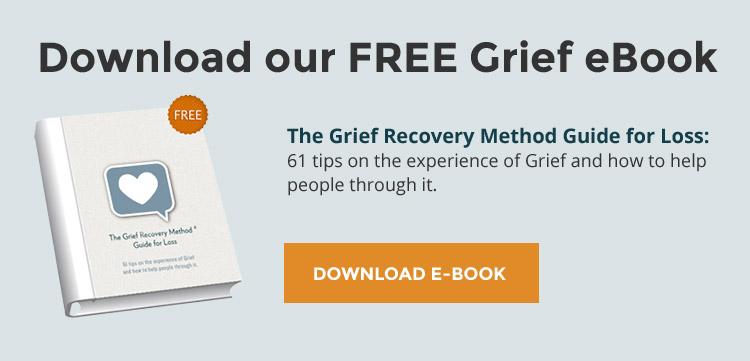
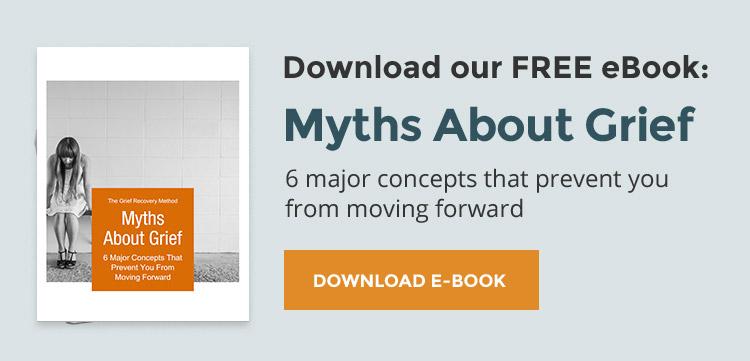











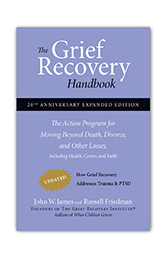
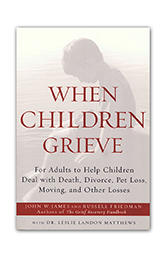
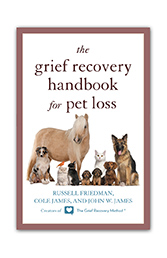
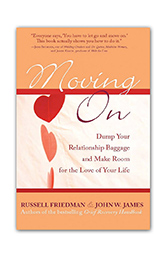
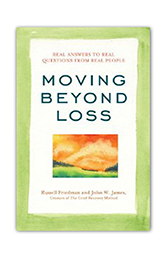
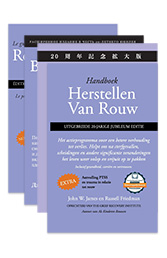




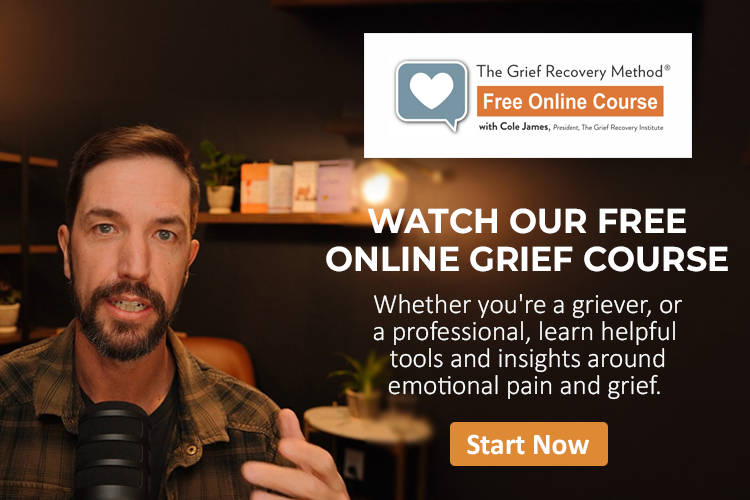

Comments
Diane Green, Certified Counselor
So incredibly grateful to have the tools of the Grief Recovery Method to assist and help guide my clients through their journey of loss, and the life changes that come with those losses. I have researched grief and loss for nearly thirty years, and have worked with other models of grief recovery. There is, without a doubt, nothing more powerful than this work out there to help grievers heal and rebuild their lives to the fullest potential.
Add new comment